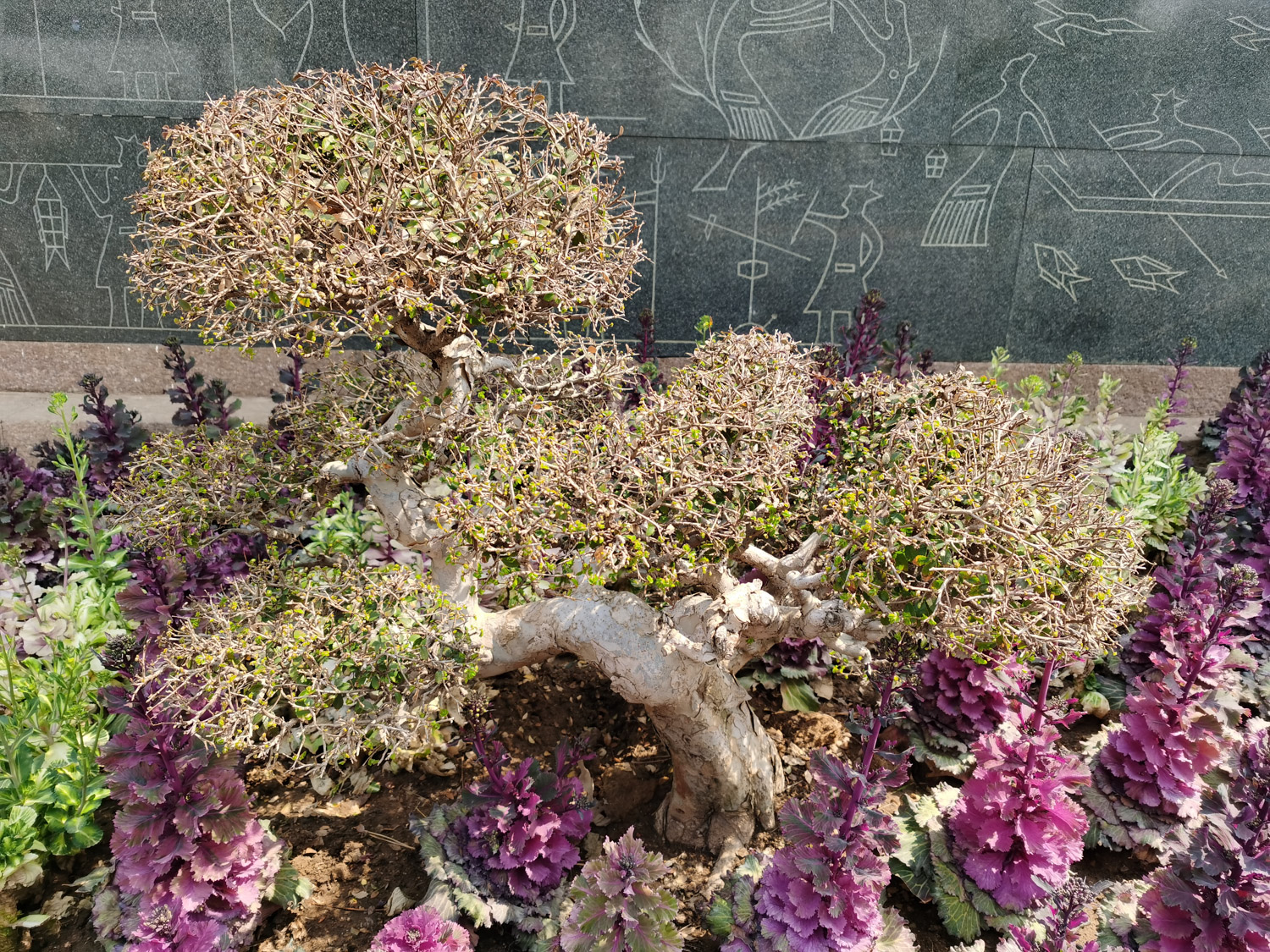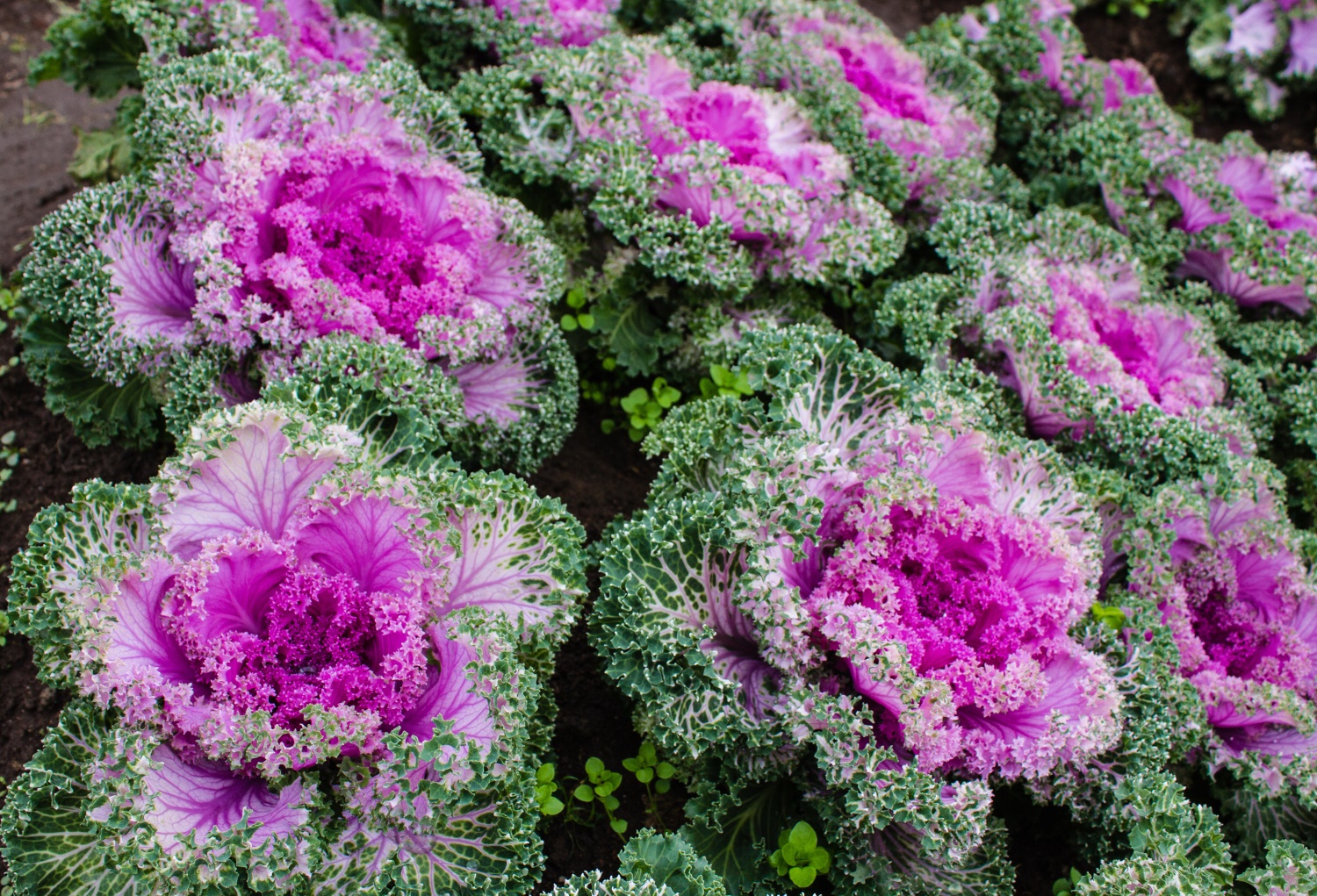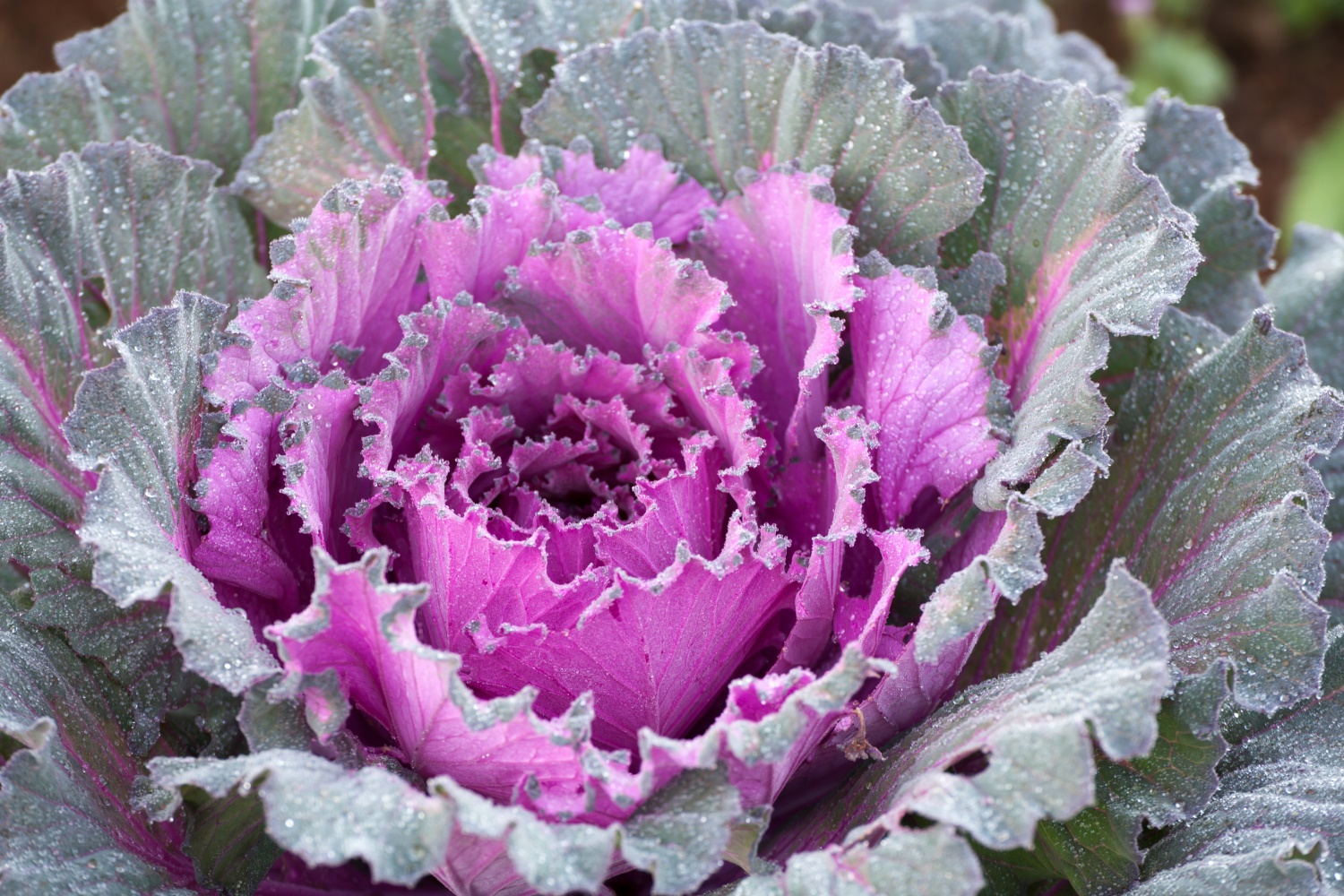Sowing and propagation of kale
Sowing time
The sowing time of kale is usually from mid July to early August. If sown too early, the old leaves will turn yellow in the later stage of growth, which not only increases the difficulty of management, but also prolongs the management period. If the sowing time is too late, it is also easy to cause that the crown diameter of leaf cluster can not reach the required specification when leaving the nursery

Seedling raising method
Sowing can be carried out in the open. It is generally used as acupoint or border plate seedling raising. In order to timely drain water in July and August with heavy precipitation, the seedbed needs to be built into a high bed about 20 cm above the ground
Sowing method
Before sowing, arch scaffolds shall be erected and plastic films shall be prepared. In case of heavy rain, they can be covered in time to avoid reducing the emergence rate due to rain erosion. The seedling substrate can be 40% peat soil and 60% perlite, and carbofuran can be used to disinfect the soil and kill insects to reduce the occurrence of diseases and pests. Before sowing, it is necessary to spray through the soil with water, and then directly sow the seeds on it. The coverage depth should be just enough to cover the seeds. There is no need to water again after sowing. At a temperature of about 15-20 ℃, seedlings can emerge in about a week

Breeding precautions of kale
Transplantation is usually carried out when the seedlings grow 4-5 true leaves, and colonization is carried out in the middle and late November, and generally 3-5 transplants are required. Kale can be transplanted with bare roots. Peeling off the outer old leaves during planting not only highlights the color of heart leaves, but also reduces water consumption and promotes the plant to resume growth as soon as possible

Kale is fond of fertilizer and needs more nitrogen fertilizer in the early stage of growth. Therefore, it is necessary to apply more topdressing to ensure sufficient nutrient supply. When planting, prepare sufficient base fertilizer. Topdressing can be started about a week after seedling transplantation. In autumn, the climate turns cool, the growth speed is accelerated, and the nutrient absorption is increased. At this time, we should also pay attention to providing sufficient water and fertilizer. Stop applying nitrogen fertilizer when the plant starts to change color. The outer leaves turned yellow and fell off due to insufficient fertilizerIt is vulnerable to aphids and other hazards during growth, so it needs to be controlled in time.

 how many times do yo...
how many times do yo... how many planted tre...
how many planted tre... how many pine trees ...
how many pine trees ... how many pecan trees...
how many pecan trees... how many plants comp...
how many plants comp... how many plants can ...
how many plants can ... how many plants and ...
how many plants and ... how many pepper plan...
how many pepper plan...





























